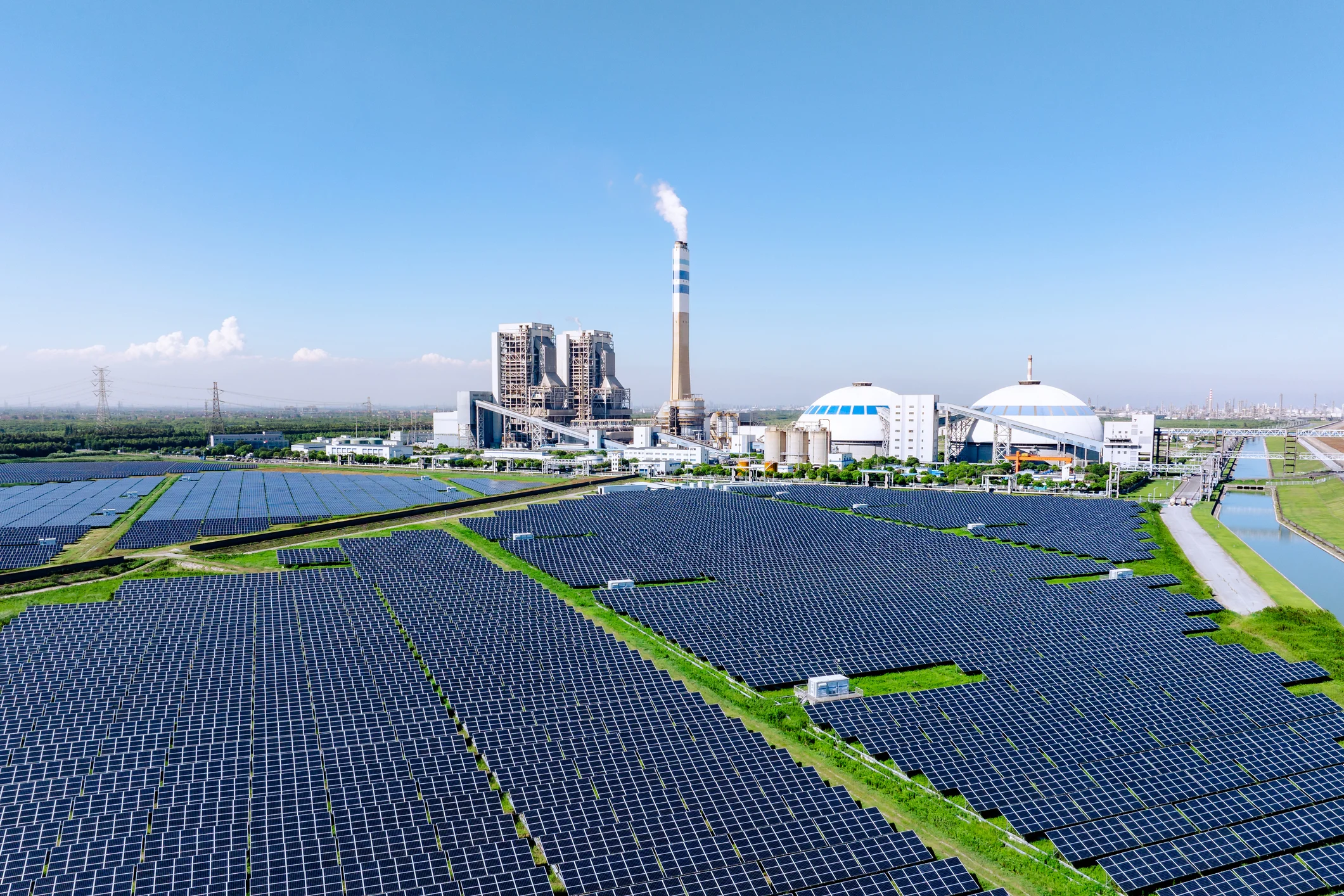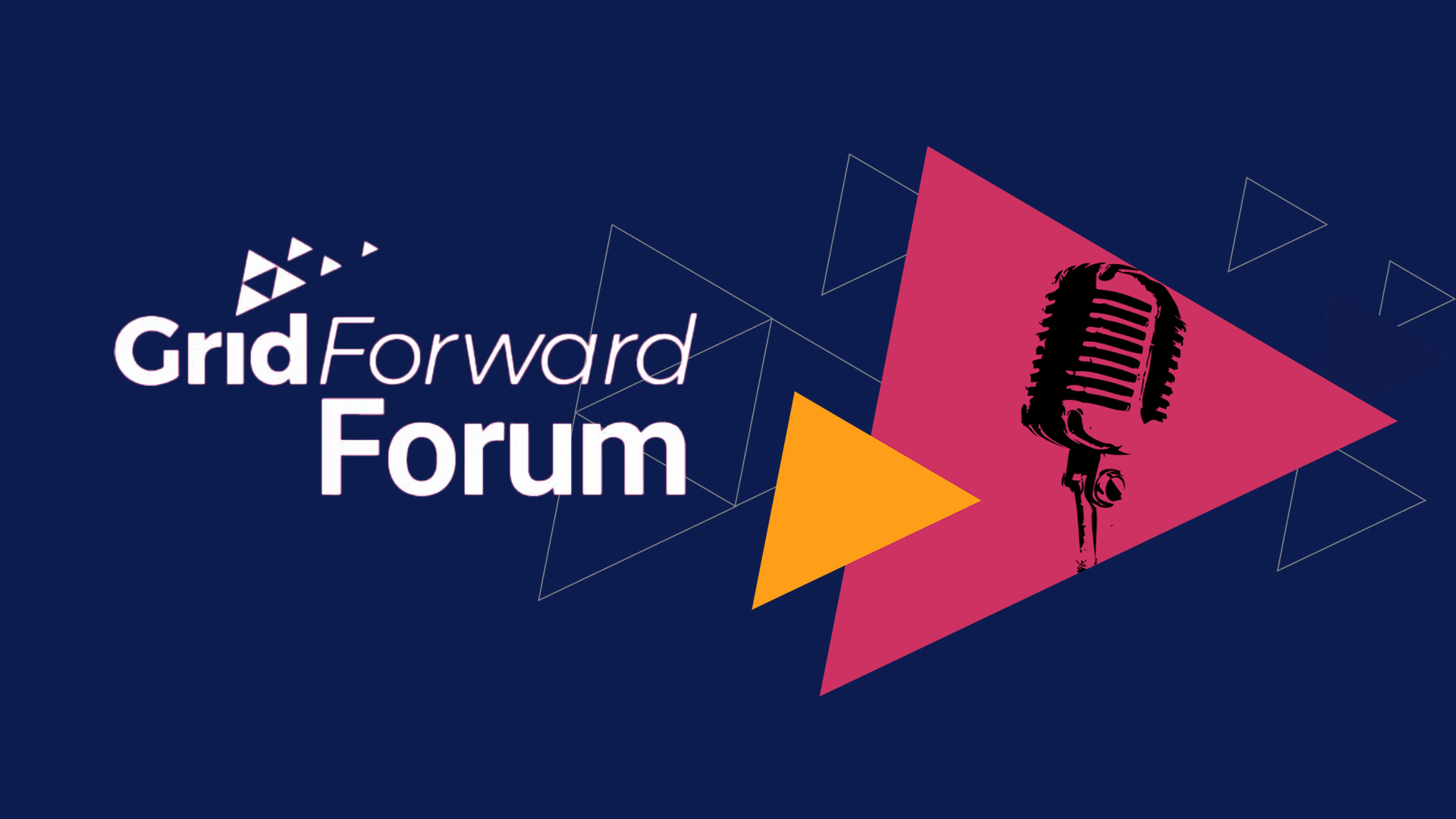The concept of virtual power plants was coined in 1997 by Dr. Shimon Awerbuch, and was first introduced as a “virtual utility.” Since then, virtual power plants have taken on a new life, as technologies have evolved to support the complex technological ecosystem—the Internet of Things (IoT)—required to realize virtual power plant functionality. Today, the Department of Energy (DOE) identifies virtual power plants as any “connected aggregation of distributed energy resources (DERs)” that integrates and leverages renewable energy for demand flexibility initiatives like demand response, EV charging, BYOD programs, and more.
Through the use of a Grid-Edge distributed energy resource management system (DERMS), utilities can leverage the growing number of behind-the-meter DER asset adoptions to shift load to off-peak hours of usage, enhancing grid resiliency, while in turn defraying high peak energy costs from energy markets. Fortunately, with the right Grid-Edge DERMS, grid operators and program managers alike can increase virtual power plant capacity under one single solution, saving development time, minimizing annual recurring fees, and lowering employee training times while expediting program deployment.
A Unified Definition of Virtual Power Plants
Not every virtual power plant comes in the same shape and size. In May, Utility Dive shared an article calling for clarity around the terminology of virtual power plants, as a means of breaking through regulatory and policy issues. While virtual power plants are broadly identified as any aggregation of DER assets, Utility Dive identifies several potential differences in how utilities may perceive virtual power plants. They list the following:
- Level 1 VPP – This is a baseline use case for VPPs, a utility-driven aggregation of individual DERs to provide grid services.
- Level 2 VPPs – Aggregating DERs into a larger fleet of resources to respond as one block of energy during calls for grid services.
- Level 3 VPP – Similar to Level 2, but aggregated into a fleet for energy arbitrage.
Beyond these distinctions, virtual power plants can manifest both as an aggregation of conserved energy blocks similar to the description provided for Level 2 VPPs, or by managing solar or battery resources to resupply the grid with existing, ambient renewable energy in real-time. Ultimately, what these various distinctions mean is that virtual power plant technology is in flux, a demonstration that VPP technologies are evolving at the cusp of the grid’s edge. Because of that, virtual power plants are only now at the beginning of their development, and afford much potential to grid operators and program managers alike, with the promise of even greater efficacy to come.
More VPP Capacity Needed
Fossil fuels including natural gas and coal are a significant portion of the U.S. energy portfolio, which accounts for a combined 45% of U.S. energy consumption in 2023. Adding in petroleum, the U.S. relied on fossil fuels for a staggering 83% of all energy consumption. Not only are fossil fuels a finite resource that is increasingly difficult to affordably obtain, but scientific consensus supports that fossil fuels accelerate climate change, leading to global calls for decarbonization and electrification.
To meet this rising demand, the DOE released a report calling for an increase in virtual power plant capacity from 30-60 GWh of existing VPP capacity to between 80-160 GWh by 2030. For utilities, this can manifest in several ways, depending on the strategy. For example, some utilities employ Grid DERMS to manage their privately held DER assets like solar or battery installations. By contrast, Grid-Edge DERMS provide the platform necessary to manage behind-the-meter DER assets like solar, battery energy storage systems, electric vehicles and EVSE chargers, and smart home devices like thermostats or water heaters that exist at the edge of the grid: in residential, commercial, and industrial spaces. Strategically, Grid DERMS and Grid-Edge DERMS complement one another, providing a full scope of DER management by device, device type, and who owns the asset. Grid-Edge DERMS enables virtual power plants, specifically the demand flexibility programs needed to mitigate the impact of climate change.
Using Topline Demand Control, a novel combination of Grid-Edge DERMS platforms, model predictive control, forecasting software, and AI, not only can utilities manage these increasingly available and accessible behind-the-meter DER assets, but grid operators and program managers alike can bank on the outcome. Through real-time and historical data, Topline Demand Control assesses the available DER potential in any given area and reliably provides utilities with exactly the amount of conserved energy they need every time.
Conservation Programs: Demand Response & EV Charging
Last year’s DOE report revealed that the 30-60 GWh of aggregate virtual power plant capacity currently available in the U.S. stems from demand response programs. Demand response is a conservation strategy that calls upon participants to mitigate usage during grid events, which typically correspond with temperature extremes. Likewise, EV charging programs similarly conserve energy, by shifting charging times to off-peak hours of usage. In both cases, energy saved is money saved: by minimizing the amount of power needed during peak hours of demand, utilities can enhance grid resiliency, while minimizing the need for costly peak energy purchases.
Grid Resiliency & Energy Arbitrage: Solar & Battery Programs
Solar and battery programs offer parallel opportunities for utilities to meet demand during peak periods of consumption. Using a Grid-Edge DERMS, utilities can aggregate excess ambient renewable energy to resupply the grid as needed. Similarly, just as demand response and EV charging shift usage to off-peak hours, battery charging periods can be adjusted to meet grid needs, presenting yet another opportunity for potential conservation or load shifting. Beyond this, battery programs in particular are useful for energy arbitrage, the practice of purchasing (or storing) power during off-peak hours to use during peak periods of demand. Doing so defrays high peak energy costs, while in turn providing a fresh supply of energy to meet demand.
The Challenges of Multi-Source Procurement
Virtual power plant strategies are driven by many factors from regulatory requirements to energy arbitrage and beyond. As such, some utilities feature internal silos unique to each specific program type, whether that’s demand response, EV charging, or more. Unfortunately, this can lead to a complex maze of single-solution services that are not designed to integrate and represent multiple instances of annually recurring fees. For example, if a utility utilizes multiple solutions for different demand flexibility programs, what happens if your solution provider closes? In some cases, that can lead to unhappy customers, missed revenue opportunities, and decreased grid resiliency. Additionally, a multi-source procurement strategy minimizes potential opportunities for utilities, while adding unnecessary costs.
Why VPPs Shouldn’t Be a Program (Because they should be a diverse portfolio of DF strategies) Conclusion
Analysts report that increasing virtual power plant capacity by 2030 could help reduce costs in the power sector by $17b by the same year. Furthermore, as decentralized energy assets, virtual power plants can prove useful during volatile storm events, especially when infrastructure is badly damaged. Still, while virtual power plants are a provably valuable strategy, these benefits rapidly dwindle as administration costs mount.
With a multi-source solution, utilities face multiple fees and fee structures, including paying for APIs, integrations, and more to multiple third-party vendors. Likewise, multi-source virtual power plant strategies require multiple training; likely don’t share data easily, minimize forecasting potential; and slow programmatic deployment. Put another way: with the right Grid-Edge DERMS, the DERs necessary for your demand flexibility programs can be controlled, managed, and analyzed by one, integrated platform, allowing utilities to own the entire customer experience.





